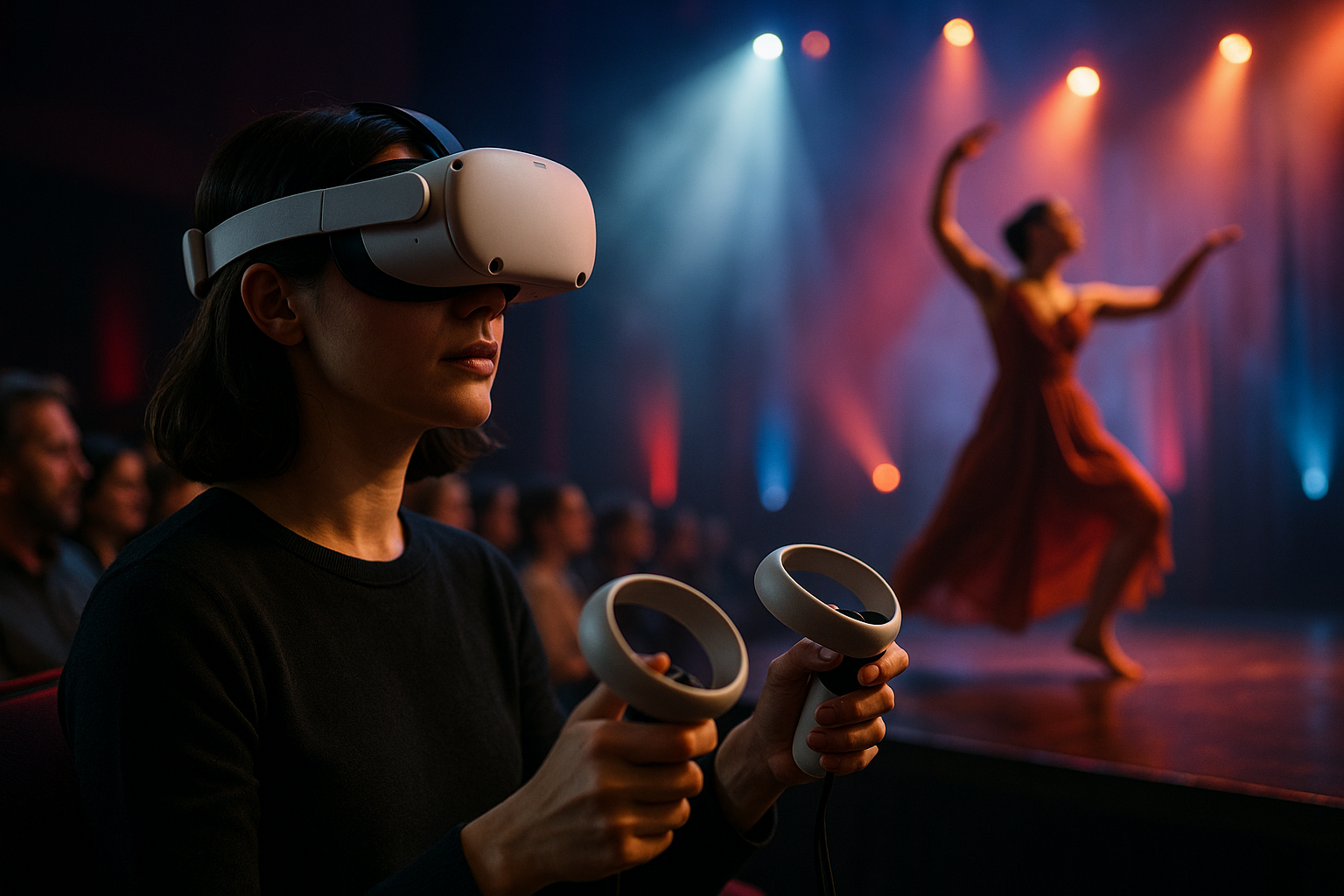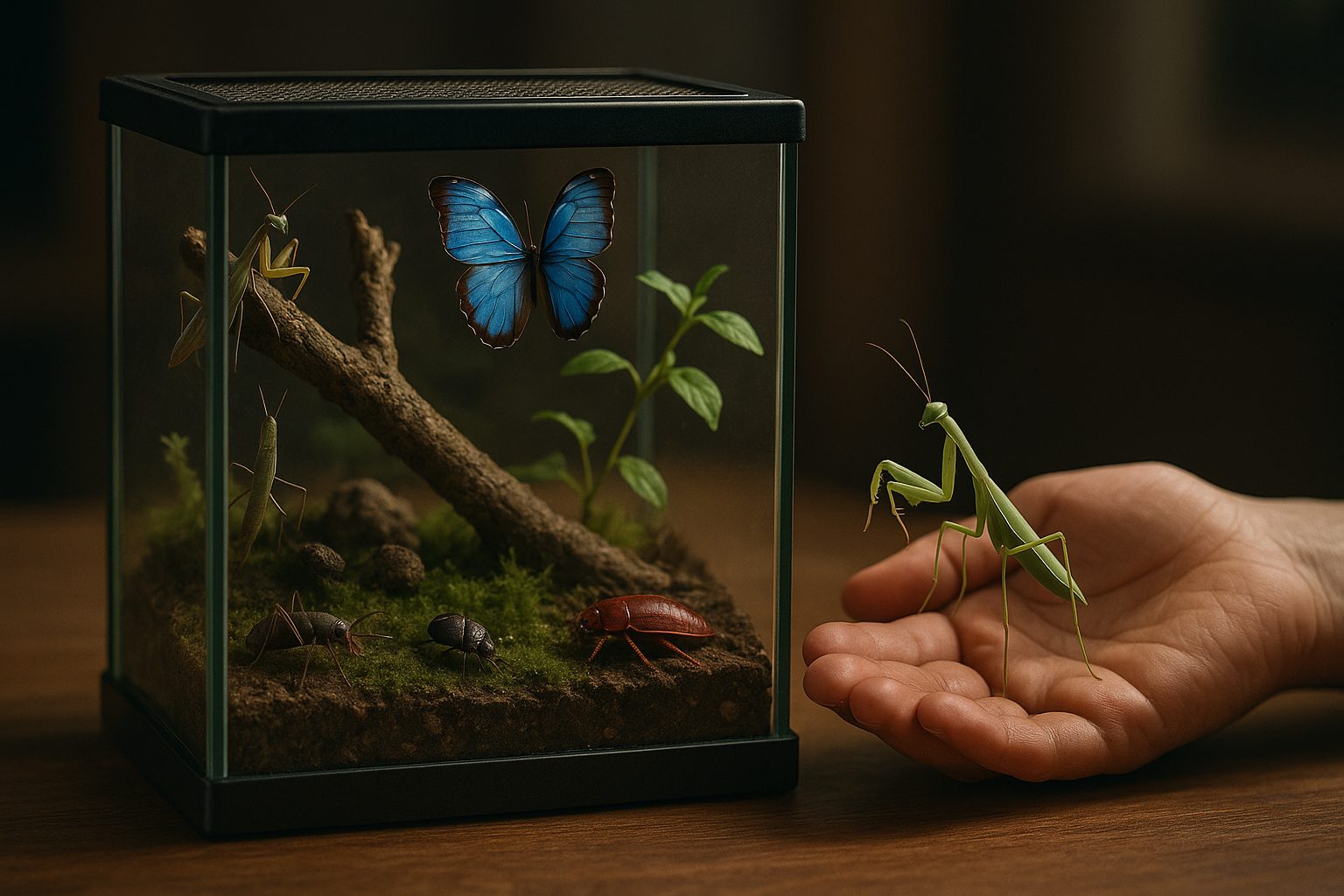"Reimagining Reality: The Flourishing of Virtual Reality in Live Performances"
In the ever-evolving arts and entertainment industry, the integration of technology with traditional forms of creativity has given birth to an exciting new artistic sphere. Virtual reality, once the playground of the gaming industry, has broken its former boundaries. Today, it's flourishing in the world of live performances, reshaping our perception of art and entertainment. This article will delve into this exciting development, tracing its origins, current trends, and potential future impacts.

The Emergence of Virtual Reality in Live Performances
Virtual reality (VR) technology has been around for several decades, primarily used in gaming and training simulations. Its potential as a tool for artistic expression remained unexplored until the late 2000s. The turning point came with the advent of more advanced, consumer-friendly VR systems such as Oculus Rift and HTC Vive. These devices opened a new world of immersive, interactive experiences for artists and performers to experiment with.
Current Trends in VR-Enhanced Live Performances
Today, VR technology is not just a novelty in live performances but a key defining element. It’s utilized in various forms of artistic endeavors, from theater and music to dance and visual arts. For instance, UK-based Marshmallow Laser Feast’s immersive VR performances transform natural landscapes into surreal, interactive experiences. Similarly, the Royal Shakespeare Company has used VR to create engaging, immersive versions of classic plays.
The Impact of VR on Audience Engagement
The integration of VR in live performances has revolutionized audience engagement. Traditional barriers between the stage and the audience have been shattered, allowing spectators to become active participants. This heightened involvement paves the way for a more profound connection with the performance, creating a unique, unforgettable experience.
The Future of VR in Live Performances
While VR-enhanced live performances are already making waves, their potential is far from fully realized. As technology advances, we can expect even more immersive and innovative uses. For instance, haptic technology could augment the VR experience by adding tactile sensations. In addition, the development of more affordable and accessible VR equipment could democratize this form of art, making it accessible to a wider audience.
The Significance of VR in the Arts and Entertainment Industry
The flourishing of VR in live performances is a testament to the boundless potential of creative innovation. It challenges the traditional boundaries of artistic expression and opens up new avenues for exploration. This trend not only represents an exciting development in the arts and entertainment industry but also a significant cultural shift in how we perceive and engage with art.
In conclusion, the integration of virtual reality in live performances represents an exciting frontier in the arts and entertainment industry. As technology continues to evolve, the possibilities for its application in creative expression are virtually limitless. The fusion of art and technology is not just reshaping live performances but also redefining our very perception of reality. As we continue to explore this thrilling frontier, one thing is certain: the future of live performances is set to be as immersive and interactive as ever.




